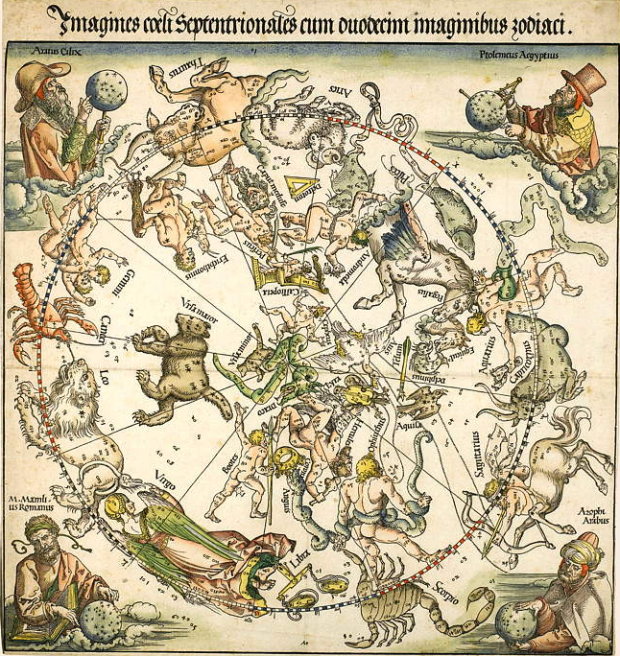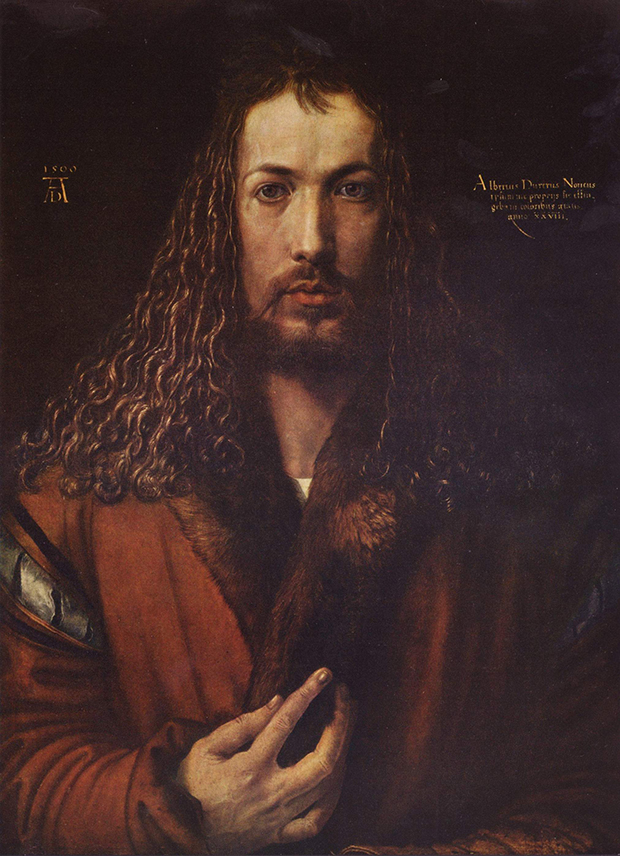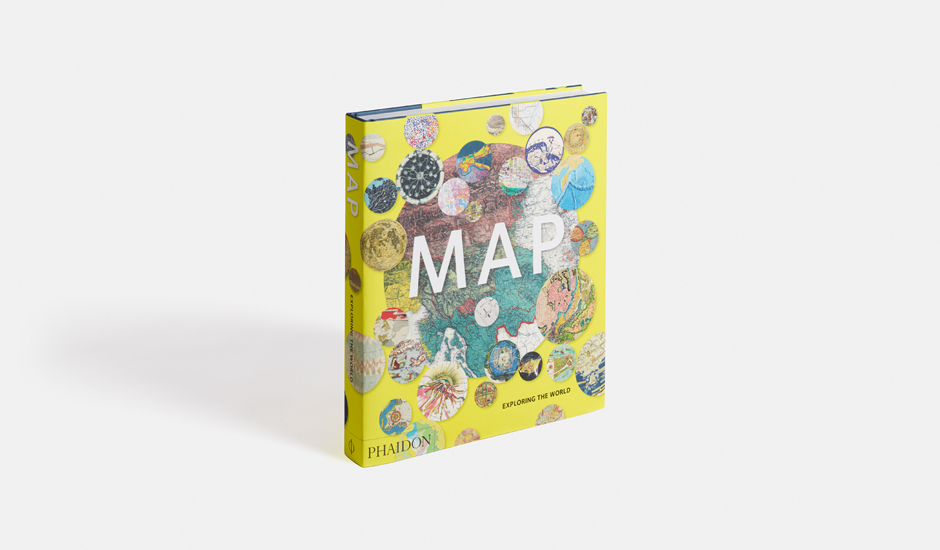
The Art of the Map - Albrecht Dürer
Learn how the German Renaissance artist expressed both his love of art and science in this star chart
The worlds of fine art and pioneering science are so advanced and specialised today that it would be very surprising to learn that one of 2015’s greatest portraitists was also a master of astrophysics.
500 years ago, however, the picture was quite different. Albrecht Dürer, the German Renaissance Master, was not only a brilliant painter and engraver, but also – in keeping with the Renaissance ideal – a brilliant physicist and mathematician, whose writing influenced Galileo.
It was Dürer’s love of art that drove him to master science – an understanding of geometry enabled him to produce better pictures, for example – yet the reverence he showed his scientific forbears is apparent in one of his most consequential works, the first printed star chart.

As our new book Map: Exploring the World explains, the work comprises two parts: “this woodcut of the northern hemisphere [top] and its pair showing the southern hemisphere. In the northern hemisphere, the twelve signs of the zodiac are intended to be read anti-clockwise, as if the viewer were looking down from space. The figures representing the constellations are shown from behind, as they would appear on a celestial globe from ‘outside’ the sky. The charts use a coordinate system in an attempt to position accurately forty-eight constellations listed in the star catalogue contained in Claudius Ptolemy’s second-century astronomical work Almagest.
“The portraits in the corners depict four ancient scientific authorities – each in national dress and holding a celestial globe – whose advances in knowledge informed Dürer’s work. They are Aratus, representing Greek geometry; Ptolemy, Greek-Egyptian iconography; al-Sufi, Islamic scientific accuracy; and Marcus Manilius, the Roman tradition of astronomy. The charts may, therefore, be seen as a culmination of more than 2,000 years of science," - a culmination that Dürer, as a great artist, certainly knew how to express.

For greater insight into the work of other artists who have created maps, take a look at our other Art of the Map articles on Richard Hamilton, Jasper Johns, Olafur Eliasson, and Mona Hatoum; and if you like what you see, you can buy your own copy of Map here.